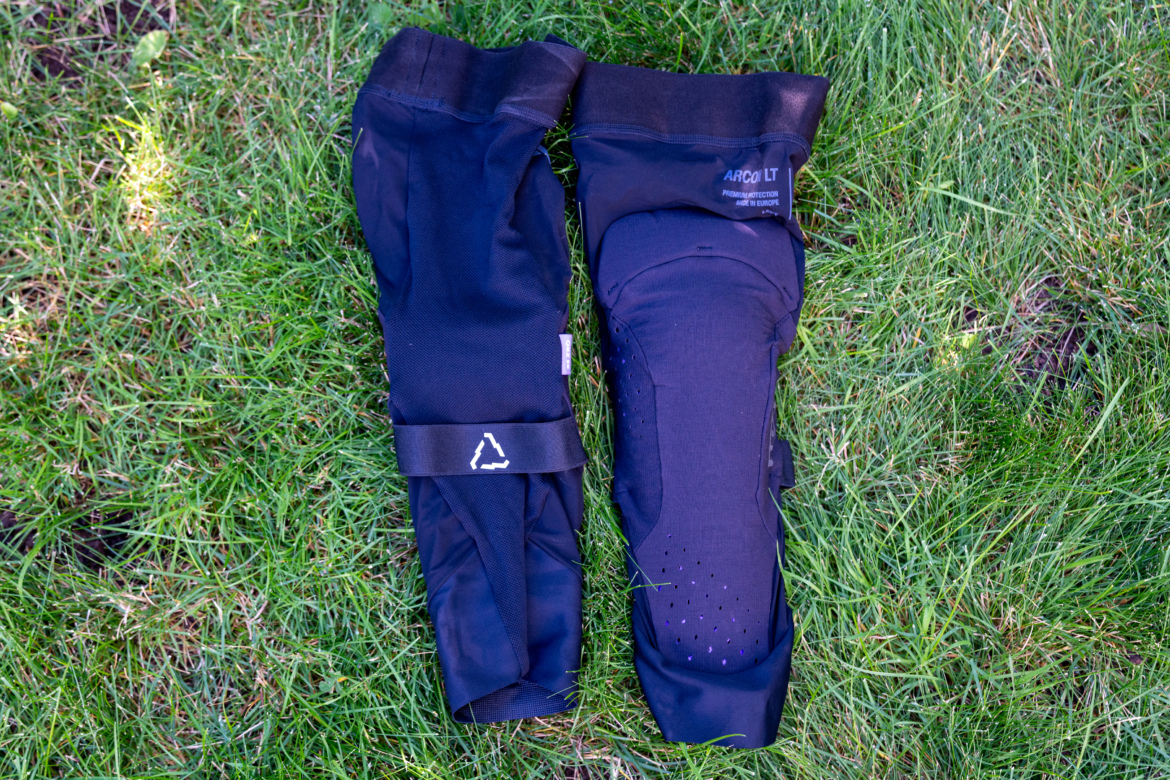
ION has launched a new line of mountain bike protection utilizing innovative pad technology and construction. The first installment in the new Arcon line? The LT knee pads.
I spent several months testing the Arcon LT knee pads in all manner of conditions, from downhill bike parks to all-day enduro rides. Here’s where the pads shine, and where they could use a little refinement.

ION Arcon LT Knee Pads key specs
- RE ZRO eco-friendly material
- 4-way stretch abrasion-resistant Cordura fabric
- Extended silicone gripper on top
- Weight: 467g
- Price: $119.99
- Buy from Jenson USA
The Arcon is designed to be as eco-friendly as possible. The padding consists of RE ZRO technology, which we first saw in G-Form’s Terra pads. These “fully biodegradable and 100% recyclable” pads are designed to “biodegrade in an estimated 3-5 years if they were to end up in a landfill,” according to RE-ZRO.com. ION takes their eco-friendly commitment one step further by constructing the sleeve itself from a mix of recycled nylon.

How do biodegradable pads work?
In order to allow the padding to biodegrade, RE ZRO developed their pads with TOTO-TOA® technology. “This allows microbes and fungi to enter the molecular structure in a landfill environment and break down the plastics, leaving nothing left and returning to zero,” according to RE-ZRO.com.
Many people ask if this means that the padding will biodegrade over the life of the knee guard. In short, the answer is “no.”
“In order to start the biodegradation process, the RE ZRO parts must be in an oxygen-depleted, microbe-rich environment such as [a] landfill, so you can rest assured that whilst the armour is in your garment, it is doing its job and keeping you protected,” writes RE ZRO.
While sustainability was RE ZRO’s primary focus, they “also wanted to achieve all of this without any compromise on performance.” The pads are flexible and lightweight, and they’re also ventilated to allow air to pass through the pad and cool the knee.


Pad and sleeve design
ION claims that their pad “covers a 15% larger surface compared to standard CE-certified pads, including medial and lateral protection of the tibia head.” It also extends well down past the knee onto the upper shin. A reinforced piece of foam provides extra protection on the top of the thigh, creating a transition zone between the RE ZRO pad and the sleeve.
For a comfortable and flexible fit, the sleeve is made from a 4-way stretch abrasion-resistant Cordura fabric, which ION claims “is an industry first for bike protection gear.” The front of the sleeve features laser-cut ventilation holes over the vented RE ZRO pad. The back of the sleeve doesn’t have any cutaways, but it consists of a breathable mesh fabric. An additional elastic band wraps around the back of the pad for extra security.
The sleeve extends well up the thigh and at the top is a beefy silicone gripper to keep the pads firmly in place. There’s a light-duty silicone gripper at the bottom of the pad, but the bottom is primarily held up by the fit around the calf muscle.

Out on the trail
I covered hundreds of miles while testing the ION Arcon LT knee pads. My two-month trip to New Zealand provided the bulk of the testing period, during which I spent several days in downhill bike parks, ripped countless shuttle runs, cranked out steep up-and-down lap-style riding, and enjoyed all-day enduro epics. I experimented with sliding the pads down for pedaling, leaving them up, putting them on at the top, and wearing them all day in the bike park.
While I typically slide my pads down around my ankles and calves for the climb and slide them back into place at the top, the up-and-down lap-style riding prevalent in many places in New Zealand made this laborious, especially since it takes a minute to get the long upper situated under an elastic chamois cuff. Since I got sick of taking the time to get the pads situated, eventually, I started just leaving the pads up and pedaling with them on — sometimes for rides spanning several hours with multiple laps.
After finally acquiescing to pedaling with pads on, I was shocked at how comfortable and flexible the Arcon LT pads proved to be. I experienced very minimal binding or movement inhibition. The only potential downside was a slight increase in heat and sweat around the pads, but even that was less than expected due to the ventilation straight through the RE ZRO pad and the mesh back on the Arcon LT.

ION’s claims of expanded pad protection is, if anything, conservative. The Arcon LT pad is extensive compared to others, running well down the shin and wrapping around the sides of the knee. During the only crash I had while wearing the ION Arcon LT knee pads, I suffered a glancing blow to the right side of my knee, and the ample wrap-around coverage handily protected me. I had railed too high up a berm, caught the duff on the backside, stuffed my front wheel, and tumbled sideways to the inside of the berm. Thanks to the side coverage on the Arcon LT, I was able to pop right up and carry on riding for another six hours that day.
The extensive pad coverage naturally makes the Arcon LT substantially heavier than comparable pads from other brands. But frankly, I’ll sacrifice a few grams for better coverage — especially if the pad can still be as flexible and pedal-friendly as the Arcon LT.

Is RE ZRO protection good for high-speed crashes?
Literally the day my G-Form Terra review was published, I was ripping down a mountainside in the Montana backcountry and clipped a pedal on a stump, catapulting me through the air and landing with all my force on my right knee. Even through the pad, I shredded the skin on my knee and truly battered it, with the entire joint swelling up and remaining stiff and difficult to use for over a month.
That’s not the result you want from a knee pad.
Following the crash, I had to wonder: is this RE ZRO pad not up to the task? Why was my knee so brutalized, even though I was wearing pads?
After reflecting on the crash, I realized that the speed and force of the impact were quite exceptional — I haven’t suffered a crash that violent in many years. I don’t know that any flexible pad would have provided any better knee protection in the same situation — only a hard shell downhill pad would have resulted in a better outcome.
I also realized: what would have happen if I hadn’t been wearing pads? The impact landed directly on my kneecap at a speed north of 20 miles per hour. If I hadn’t been wearing pads, I could have shattered a kneecap — or worse.
The fact that the skin was torn up from the inside of the pad was definitely unexpected, though. I compared the interior finish of the G-Form Terra to the ION Arcon LT, and I can easily feel that the Terra is made with a coarser fabric than the Arcon LT, which likely contributed to tearing the skin as the pad moved during the crash.


How long will the elastic upper last?
While the pads score a 10 out of 10 for both performance and comfort impressions, unfortunately, I’m left wondering how long the Arcon LT will last. Even though I’ve only spent about three months riding in these pads, the upper elastic band is already disintegrating. On both the left and right pads, broken strands of white elastic are poking out of the band, with more breaking through every week.
For a $120 pad to show such obvious signs of wear after just three months (albeit three tough months) isn’t encouraging.
Share your Ion Arcon LT Knee Pads review
Pros and cons of the ION Arcon LT Knee Pads
Pros
- Ample pad coverage
- All-day pedaling comfort
- Breathable
Cons
- Elastic at the top of the pad is fraying
- Heavier than competitors
Bottom line
With such great comfort and ample pad protection, it seems like ION has created a winner in the Arcon LT. The fraying of the elastic bands is an unfortunate — and substantial — downside, which, frankly, shouldn’t be a problem. Hopefully, this is a quality control or materials issue that ION can resolve in future runs of the pad.


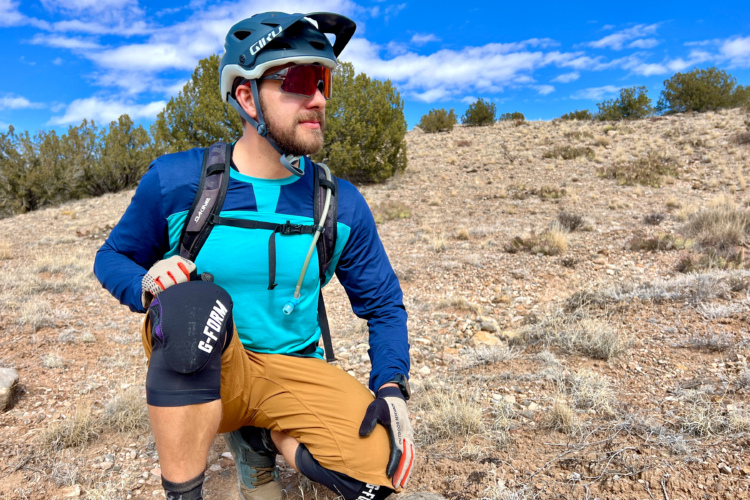



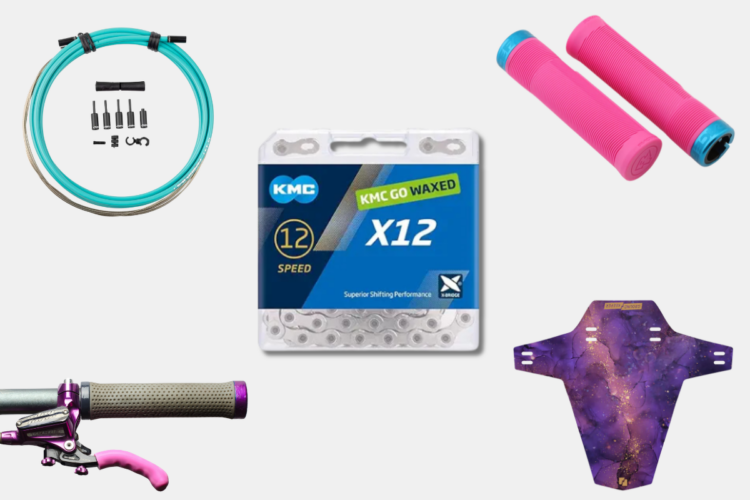
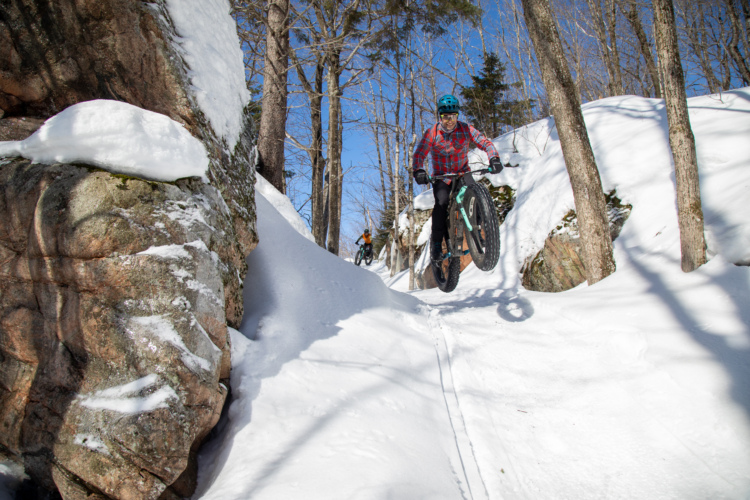
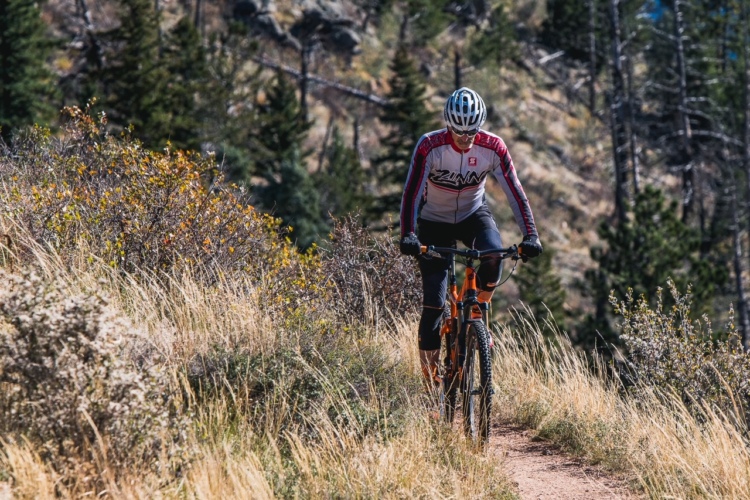

0 Comments